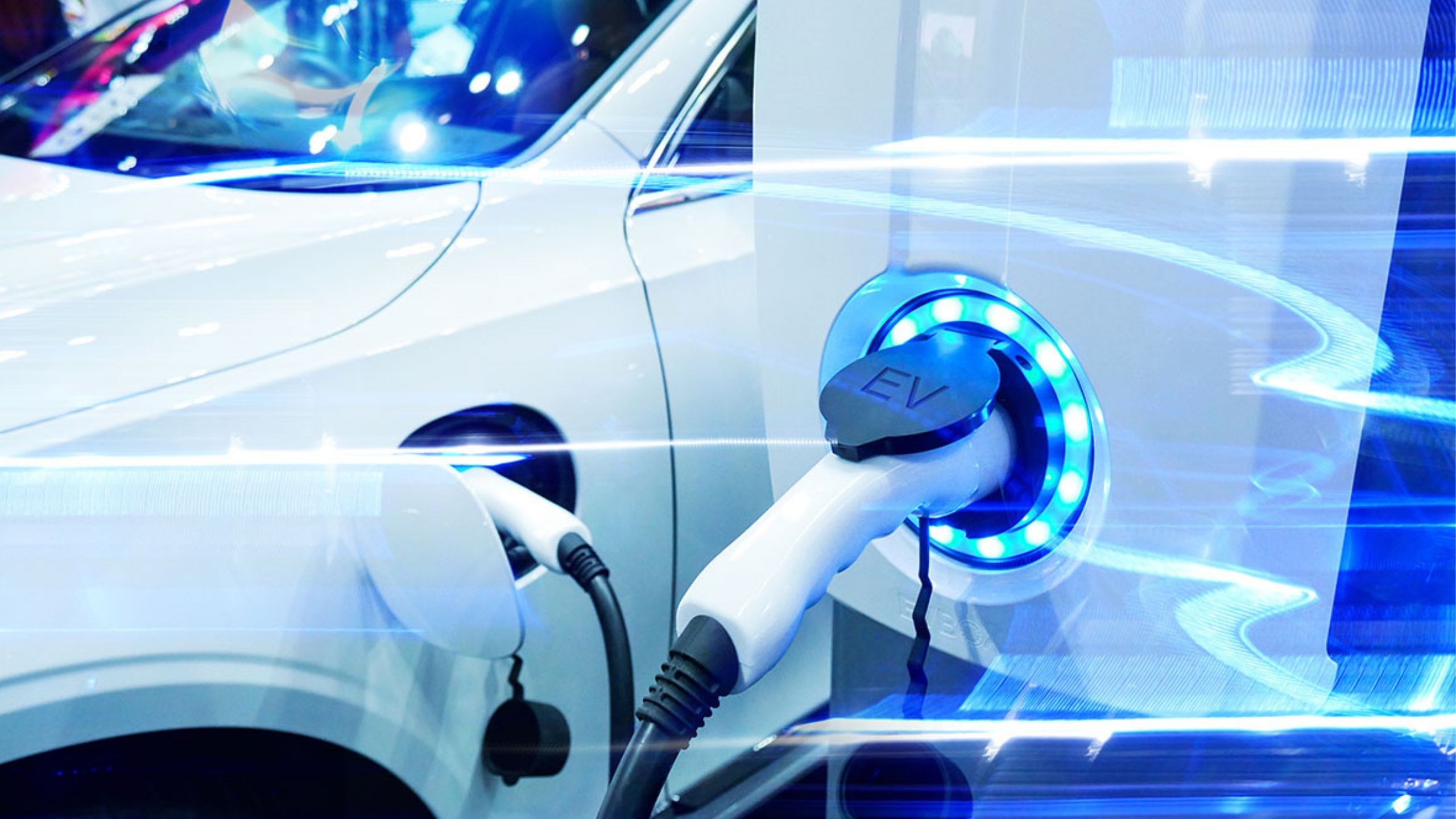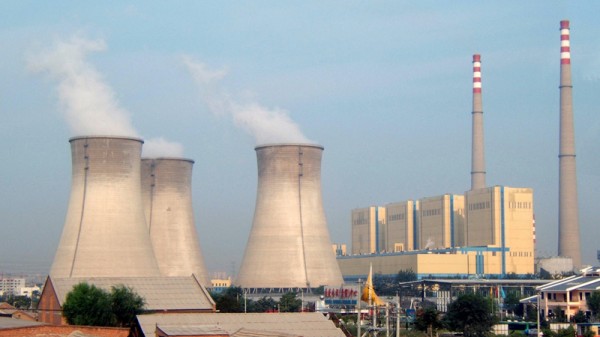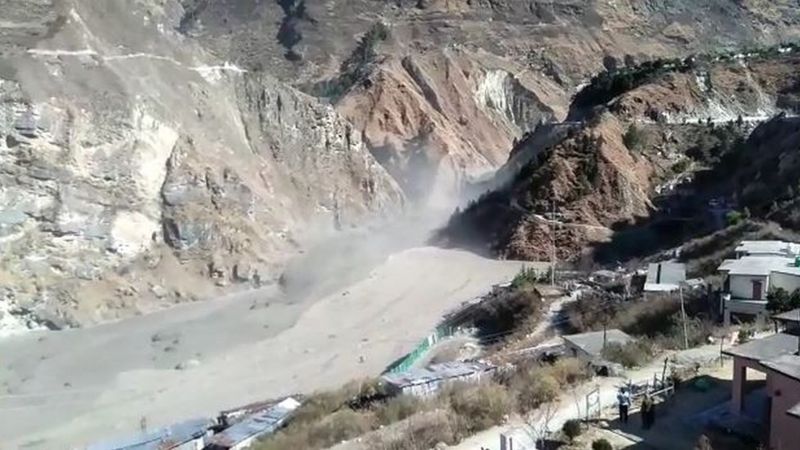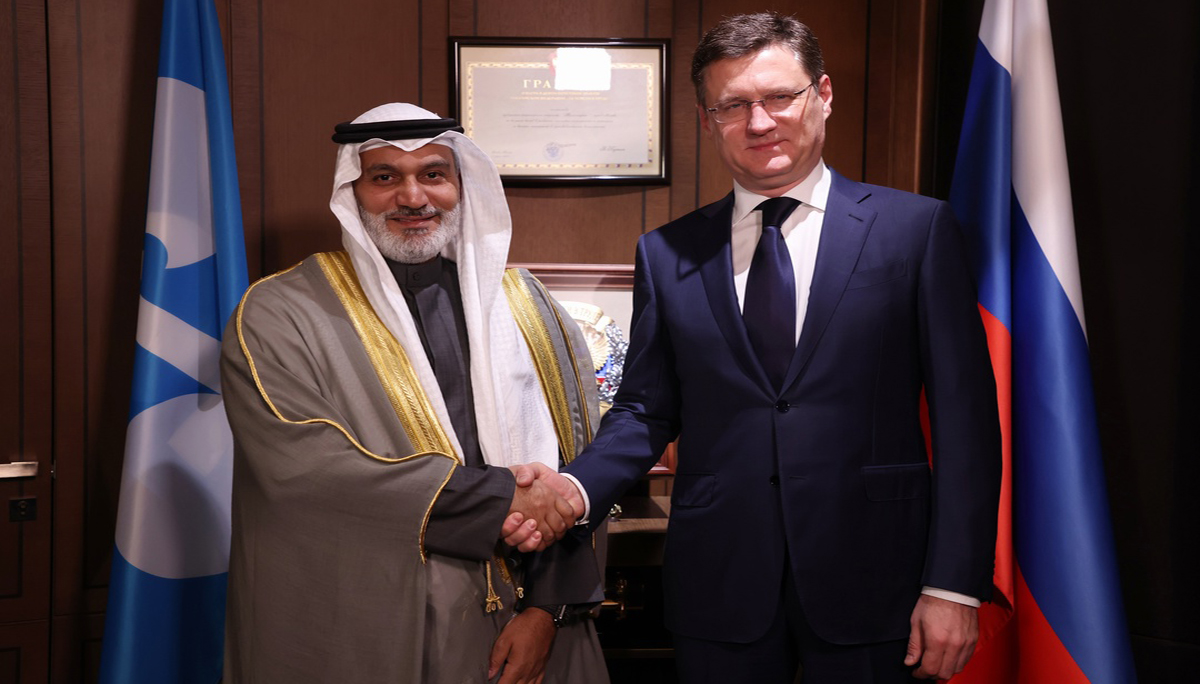Energy Update
Old guard oppose incentives for electric vehicles

The neighbouring countries are treating hybrid electric vehicles (HEVs), plugged-in hybrid electric vehicles (PHEVs) and electric vehicles (EVs) in the same fashion. While creating a base for future autonomous connected vehicles and the related infrastructure, Pakistan should not be too off the mark if it wants to promote environment-friendly vehicles.

This was the concluding remark by Indus Motor Company (IMC) CEO Ali Asghar Jamali in a recent interview with Dawn. Mr Jamali spoke about IMC’s focus on HEVs instead of EVs, cost difference between HEVs and EVs, infrastructure issues, policies, incentives for EVs and future investment plans.
“IMC supports the government’s drive to electrify the fleet of passenger cars and heavy commercial vehicles. The most important factor is the appreciation of ground realities. Pro-import policies in the name of bringing technology while importing 100 per cent completely knocked down (CKD) parts at the expense of local vendors, which are major employers, is not in favour of Pakistan,” he said.

Making parts in Pakistan and providing the same incentives offered by regional countries will help local manufacturing while achieving the ultimate objective of climate control. A step-by-step approach to move from the existing internal combustion engines (ICEs) to zero emission vehicles will benefit all, he added.
“I am not against the battery electric vehicles (BEVs). I feel BEVs are too expensive at the moment and the accrued benefits do not justify the massive incentives given by the government,” Mr Jamali said, adding that HEVs can meet all the underlying objectives of the government by being environment friendly and fuel efficient without costing the country too much in terms of a drain of precious foreign exchange.
‘Pro-import policies in the name of technology while importing 100pc CKD parts at the expense of local vendors is not in favour of Pakistan’
He pointed out that BEV CKD will cost at least $25,000 versus ICE costing $10,000. Imagine the impact it will have on the import bill if even 20,000 units are sold every year, which means an outflow of $500 million.
“I strongly feel that HEVs can achieve scale given their costs and subsequently when BEV will become more affordable we can always graduate to them.”
There is a reason why Toyota was able to sell 15 million HEVs globally whereas BEV sales are only 3pc comparatively even in the developed world, he claimed, adding that the government still thought to incentivise BEV under political pressure. It will be a great challenge for any player to achieve the desired localisation level and scale given the cost of BEVs, he noted.
That’s the reason why countries like India, Thailand and Malaysia continue to incentivise both HEVs and BEVs together, Mr Jamali said.
The IMC CEO said that in their 2021 report to the European Union, European automotive assemblers defined electric vehicles and included electrically chargeable vehicles (ECVs) and fuel cell electric vehicles (FCEVs). Both are propelled by an electric motor but require different infrastructure. The electrically ECVs were further classified as full-battery electric vehicles and plug-in hybrids, both of which require recharging infrastructure that connects them to the electricity grid.
The European Union has introduced EV incentives to the extent of Euro 4,000 in 2014. After a lapse of six years, the EV selling rate is merely 3pc and their sales are concentrated in higher GDP-per-capita countries like Germany and Norway. Four countries covering 27pc of the EU’s total surface area – the Netherlands, Germany, France and the United Kingdom – account for more than 75pc of all ECV charging points in the European Union.
The EU is treating BEVs and PHEV as one category i.e. electrically chargeable vehicles. Combining both types of vehicles, the total sales after six years of promotion is 3pc, he noted.
He said different companies have adopted different strategies to build the infrastructure in Pakistan for ECVs. Electricity in Pakistan is a complex issue as the circular debt is consistently rising. A wide variety of rates prevail here for industry, domestic and agriculture and then they are further classified based on the number of units consumed. Line losses at different distribution companies are not deniable, he said.
With regard to the issues like low localisation, high prices, “on” money and long delivery time, the IMC CEO said Prime Minister Imran Khan is striving to find solutions and the Ministry of Industries has engaged the auto industry and stakeholders to resolve them.
On low localisation, he said its cost effectiveness is linked with volumes. In the past few years, IMC has increased the levels of localisation in every model because of a possible price reduction and the shortening of the supply chain.
Since 2007, the deletion policy has been replaced with a more progressive, incentive-based tariff. IMC/Toyota has achieved localisation in most of its models by more than 65pc in the case of flagship Corolla and now Yaris, excluding government taxes.
He said increasing car prices is an act of last resort for IMC. The decision is taken after exhausting every other option, he said. He added that car prices in bigger economies have also gone up because of supply chain and other issues.
Being the biggest beneficiary of every vehicle sold in the country, the government has levied up to 7pc additional customs duty (ACD), 5-7.5pc federal excise duty (FED) and withholding tax, which contributed towards the price escalation in the recent past. Much of the price impact is due to duty and taxes, which are as high as 40pc in the case of Corolla 1,800cc, he said.
As for the “on” money, he said IMC is the only company that advises its customers to refrain from paying premiums. “We are the only manufacturer to have cancelled bookings that were suspected to be of investors aiming to sell cars at ‘on’ money,” he said.
On late delivery, he said IMC is in the process of increasing its capacity from current 66,000 units to 75,000 units. With new entrants, the industry now has the capacity of over 500,000 units, which is higher than demand, he noted.
When asked about car prices going up despite rupee appreciation against the dollar — from Rs168 in the last week of August 2020 to around Rs160 now — he said expensive cars are not in the interest of manufacturers. “IMC always tries to absorb the pressures and passes on the impact of different utility and input costs when they become unbearable.”
Furthermore, as volumes came down due to higher taxes during the past year, fixed costs per unit went up, he said, adding that IMC’s last price increase was in April 2020 when the dollar was trading at Rs162/163.
Besides, rupee devaluation affects not only our input costs but also those of our vendors because their raw material becomes expensive.
About the entry of Chinese and Korean vehicle assemblers, he said brands coming to Pakistan are already competing with each other in different regions of the world. “Competition is healthy for the industry and consumers. It also gives us the opportunity to improve,” he said.
The neighbouring countries are treating hybrid electric vehicles (HEVs), plugged-in hybrid electric vehicles (PHEVs) and electric vehicles (EVs) in the same fashion. While creating a base for future autonomous connected vehicles and the related infrastructure, Pakistan should not be too off the mark if it wants to promote environment-friendly vehicles.
This was the concluding remark by Indus Motor Company (IMC) CEO Ali Asghar Jamali in a recent interview with Dawn. Mr Jamali spoke about IMC’s focus on HEVs instead of EVs, cost difference between HEVs and EVs, infrastructure issues, policies, incentives for EVs and future investment plans.
“IMC supports the government’s drive to electrify the fleet of passenger cars and heavy commercial vehicles. The most important factor is the appreciation of ground realities. Pro-import policies in the name of bringing technology while importing 100 per cent completely knocked down (CKD) parts at the expense of local vendors, which are major employers, is not in favour of Pakistan,” he said.
Making parts in Pakistan and providing the same incentives offered by regional countries will help local manufacturing while achieving the ultimate objective of climate control. A step-by-step approach to move from the existing internal combustion engines (ICEs) to zero emission vehicles will benefit all, he added.
“I am not against the battery electric vehicles (BEVs). I feel BEVs are too expensive at the moment and the accrued benefits do not justify the massive incentives given by the government,” Mr Jamali said, adding that HEVs can meet all the underlying objectives of the government by being environment friendly and fuel efficient without costing the country too much in terms of a drain of precious foreign exchange.
‘Pro-import policies in the name of technology while importing 100pc CKD parts at the expense of local vendors is not in favour of Pakistan’
He pointed out that BEV CKD will cost at least $25,000 versus ICE costing $10,000. Imagine the impact it will have on the import bill if even 20,000 units are sold every year, which means an outflow of $500 million.
“I strongly feel that HEVs can achieve scale given their costs and subsequently when BEV will become more affordable we can always graduate to them.”
There is a reason why Toyota was able to sell 15 million HEVs globally whereas BEV sales are only 3pc comparatively even in the developed world, he claimed, adding that the government still thought to incentivise BEV under political pressure. It will be a great challenge for any player to achieve the desired localisation level and scale given the cost of BEVs, he noted.
That’s the reason why countries like India, Thailand and Malaysia continue to incentivise both HEVs and BEVs together, Mr Jamali said.
The IMC CEO said that in their 2021 report to the European Union, European automotive assemblers defined electric vehicles and included electrically chargeable vehicles (ECVs) and fuel cell electric vehicles (FCEVs). Both are propelled by an electric motor but require different infrastructure. The electrically ECVs were further classified as full-battery electric vehicles and plug-in hybrids, both of which require recharging infrastructure that connects them to the electricity grid.
The European Union has introduced EV incentives to the extent of Euro 4,000 in 2014. After a lapse of six years, the EV selling rate is merely 3pc and their sales are concentrated in higher GDP-per-capita countries like Germany and Norway. Four countries covering 27pc of the EU’s total surface area – the Netherlands, Germany, France and the United Kingdom – account for more than 75pc of all ECV charging points in the European Union.
The EU is treating BEVs and PHEV as one category i.e. electrically chargeable vehicles. Combining both types of vehicles, the total sales after six years of promotion is 3pc, he noted.
He said different companies have adopted different strategies to build the infrastructure in Pakistan for ECVs. Electricity in Pakistan is a complex issue as the circular debt is consistently rising. A wide variety of rates prevail here for industry, domestic and agriculture and then they are further classified based on the number of units consumed. Line losses at different distribution companies are not deniable, he said.
With regard to the issues like low localisation, high prices, “on” money and long delivery time, the IMC CEO said Prime Minister Imran Khan is striving to find solutions and the Ministry of Industries has engaged the auto industry and stakeholders to resolve them.
On low localisation, he said its cost effectiveness is linked with volumes. In the past few years, IMC has increased the levels of localisation in every model because of a possible price reduction and the shortening of the supply chain.
Since 2007, the deletion policy has been replaced with a more progressive, incentive-based tariff. IMC/Toyota has achieved localisation in most of its models by more than 65pc in the case of flagship Corolla and now Yaris, excluding government taxes.
He said increasing car prices is an act of last resort for IMC. The decision is taken after exhausting every other option, he said. He added that car prices in bigger economies have also gone up because of supply chain and other issues.
Being the biggest beneficiary of every vehicle sold in the country, the government has levied up to 7pc additional customs duty (ACD), 5-7.5pc federal excise duty (FED) and withholding tax, which contributed towards the price escalation in the recent past. Much of the price impact is due to duty and taxes, which are as high as 40pc in the case of Corolla 1,800cc, he said.
As for the “on” money, he said IMC is the only company that advises its customers to refrain from paying premiums. “We are the only manufacturer to have cancelled bookings that were suspected to be of investors aiming to sell cars at ‘on’ money,” he said.
On late delivery, he said IMC is in the process of increasing its capacity from current 66,000 units to 75,000 units. With new entrants, the industry now has the capacity of over 500,000 units, which is higher than demand, he noted.
When asked about car prices going up despite rupee appreciation against the dollar — from Rs168 in the last week of August 2020 to around Rs160 now — he said expensive cars are not in the interest of manufacturers. “IMC always tries to absorb the pressures and passes on the impact of different utility and input costs when they become unbearable.”
Furthermore, as volumes came down due to higher taxes during the past year, fixed costs per unit went up, he said, adding that IMC’s last price increase was in April 2020 when the dollar was trading at Rs162/163.
Besides, rupee devaluation affects not only our input costs but also those of our vendors because their raw material becomes expensive.
About the entry of Chinese and Korean vehicle assemblers, he said brands coming to Pakistan are already competing with each other in different regions of the world. “Competition is healthy for the industry and consumers. It also gives us the opportunity to improve,” he said.
DAWN
Conversation
- Info. Dept. Reg. No. : 254/073/74
- Telephone : +977-1-5321303
- Email : [email protected]














